Magnificent, beautiful, one of a kind, these are all words used to describe the killer whales at Sea World San Diego. Along with their parents, little children with faces of pure joy sit and watch them perform their world famous tricks. However, do many people ever think about the other side of the story, the side of animals kept in captivity?
Recently a killer whale named Tilikum from Sea World Orlando killed a veteran trainer by grabbing her and pulling her underwater, eventually drowning her. This wasn’t the first time either, and many questions surfaced as to why this whale wasn’t released into the wild instead of being kept in captivity.
The trainers who train these animals are well versed on danger and the possibilities of fatality. Since these are first and foremost wild animals that usually live in the ocean, these trainers understand that the whales will act like they would in their natural habitat.
“One of the rules we have is don’t get in that water if you don’t trust the animal and the animal doesn’t trust you,” Trainer Jeff Kingston said.
Just a brief background on killer whales, they often weigh between 3 to 6 tons, are from 6-8 meters long and swim at excesses of 56 km/hr. These whales have the second-largest brains of all marine mammals.They can be trained in captivitly and are often described as intelligent animals. Unlike wild killer whales, captive killer whales
are reported to have made nearly two dozen attacks on humans since the 1970s, some of which have been fatal.
Many critics say that they attack because they aren’t meant to be in captivity. Stress is a big factor and the dorsal fins that droop on many captive males are proof to show it. The living space is obviously quite small compared to the ocean. Some whales have actually gone crazy from being in such different conditions.
“In my opinion, no animal should be put in an area that’s not even a quarter of the size of their natural habitat. I mean it’s like putting a human in an area the size of a bathroom for their entire life,” Sophomore Daisy Rodriguez.



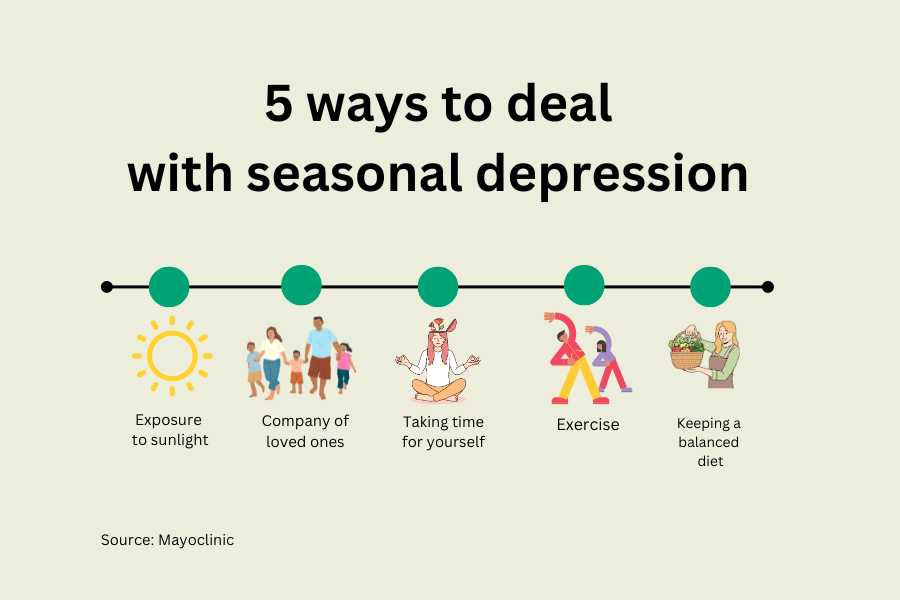
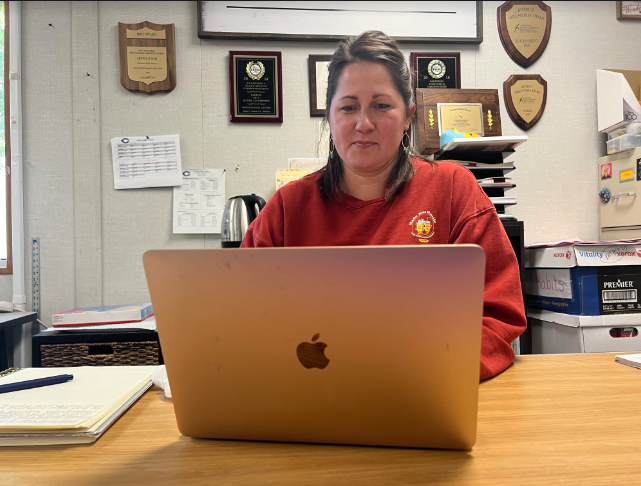
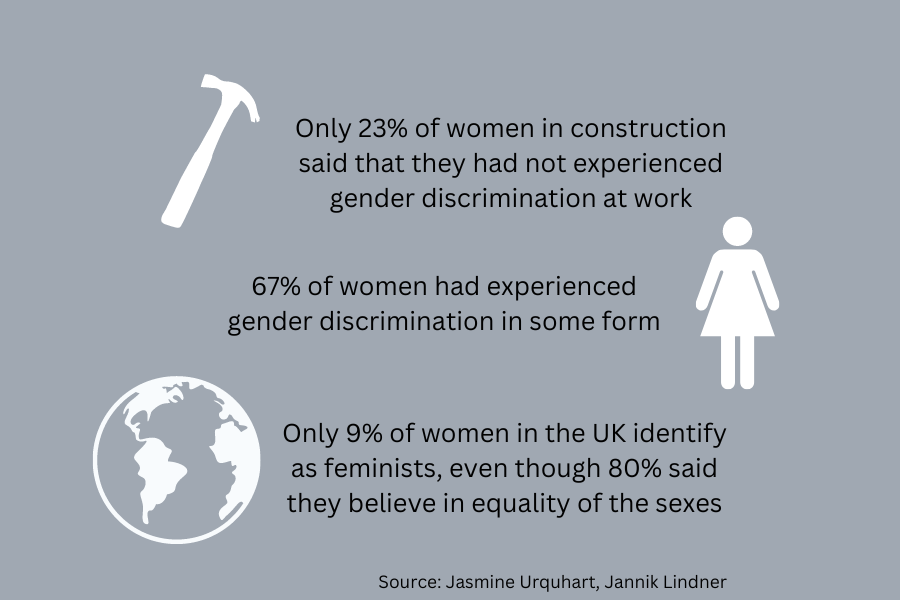


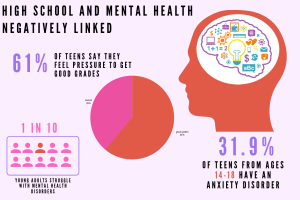


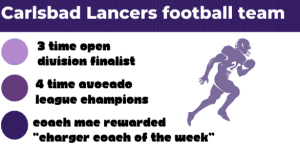





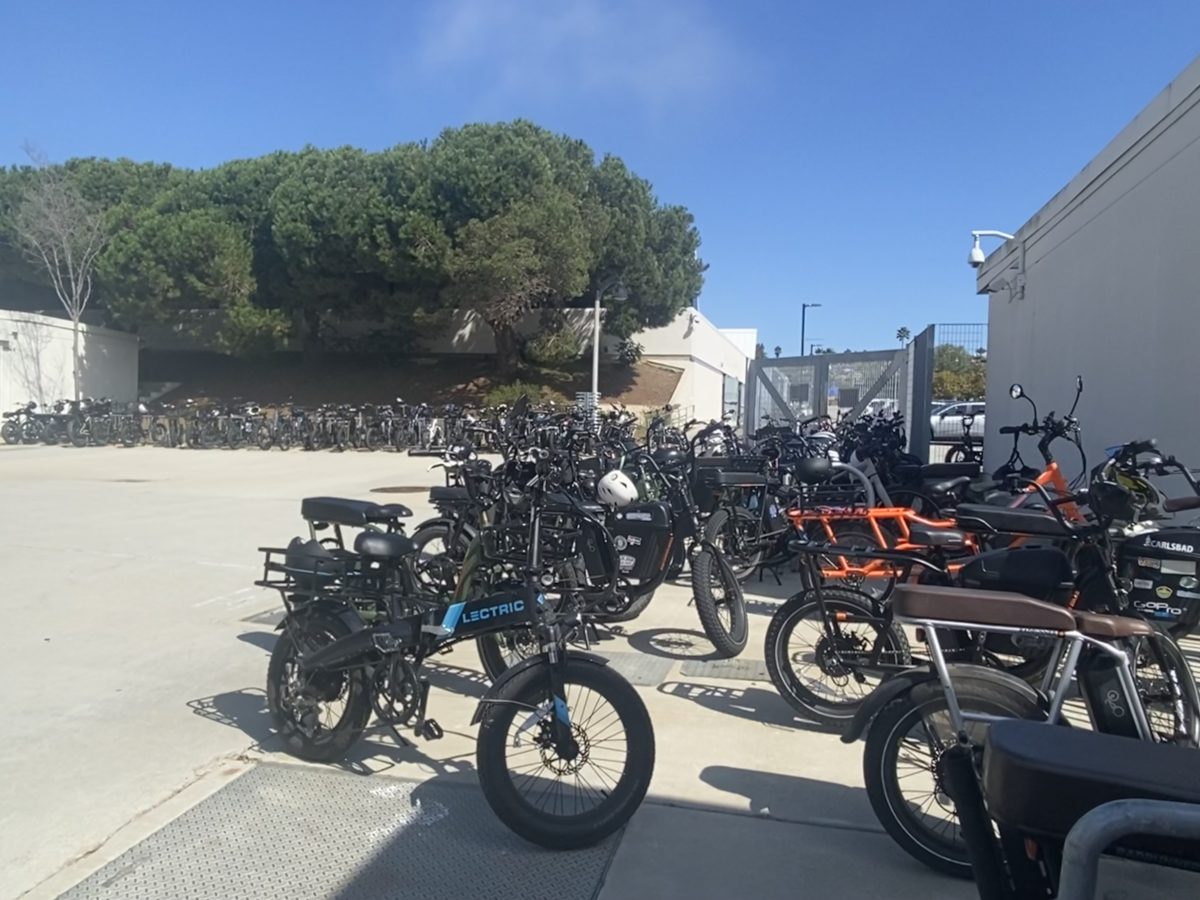
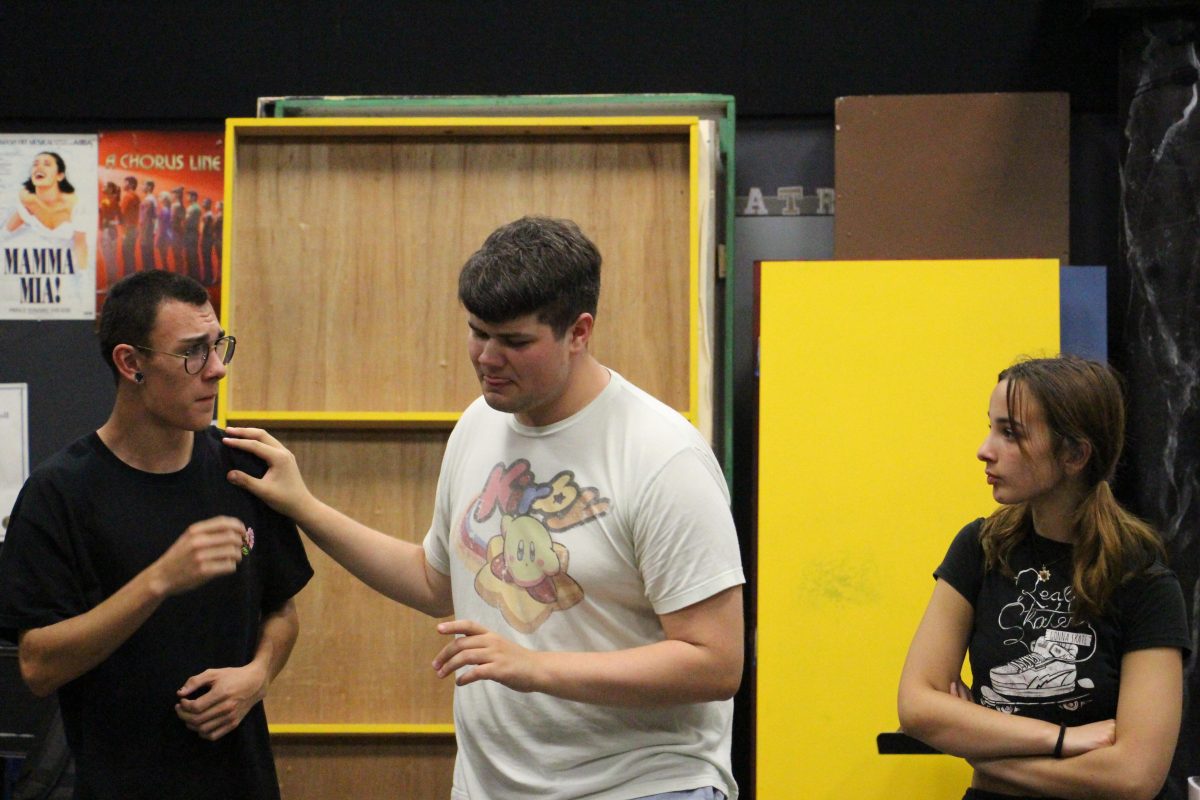
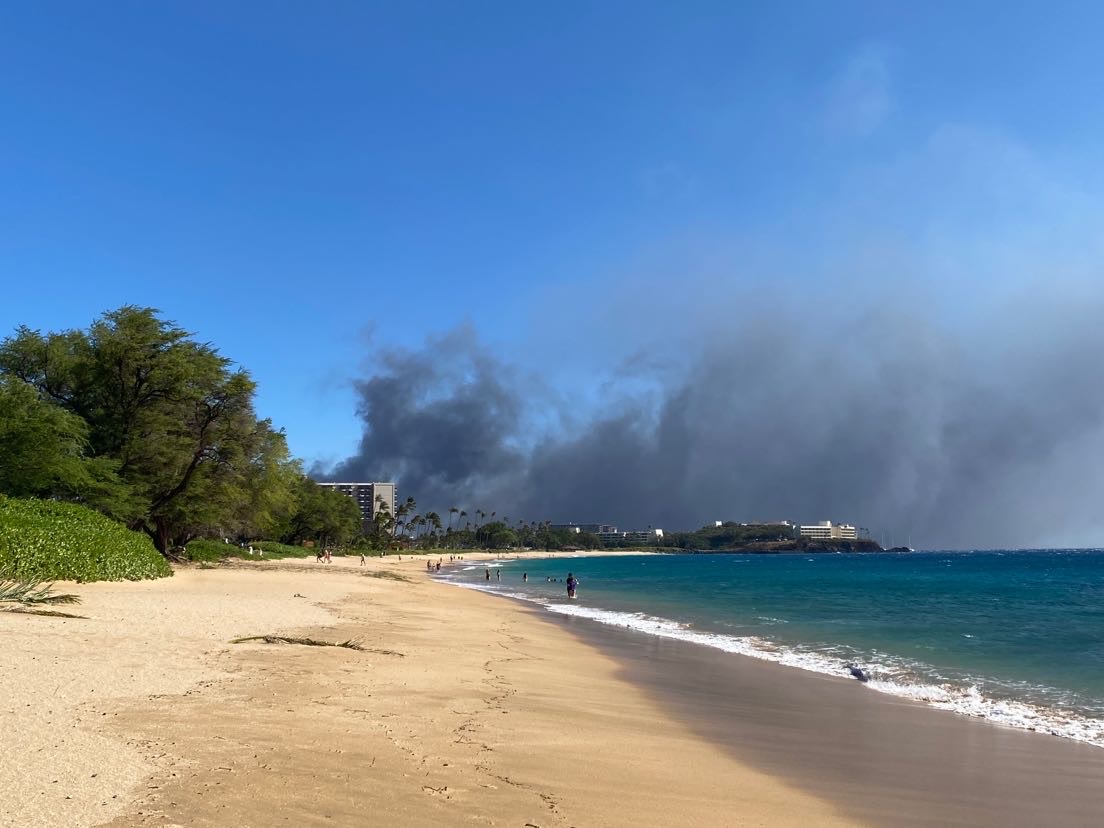
Kathy Rosko • Sep 27, 2010 at 9:22 pm
Someday humanity will evolve to a mental state where we do not hunt any species to the point of extinction and we do not keep magnificent wild creatures in captivity for our own amusement.
Until that day we all have to take responsibility for this.